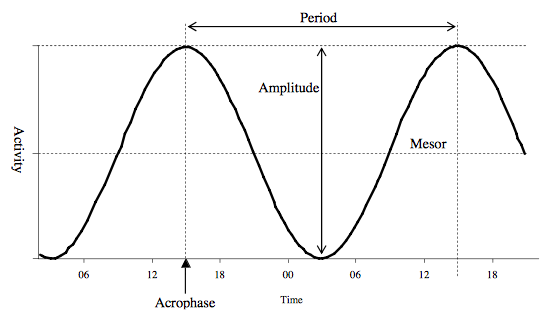Although the other answer provided some general tips about sleep hygiene and noted that melatonin might be helpful, your question actually touches on an aspect of circadian biology that has been very well worked out, and a more specific answer is available.
The question boils down to: How can I advance my circadian phase by 3 hours?
This is a question relevant for Eastward travel. It also comes into play during the spring time change for those who live where DST is observed as well as in the shift from weekend/holiday to weekday sleep patterns for many.
Begin by thinking of your body’s circadian pattern on an X,Y graph1 where:
x= time
y= activity

Your goal (“phase advance”) is to shift this curve leftward by three hours along the x axis.
When attempting to manipulate circadian phase, the key is to understand your body’s Zeitgebers.Your body intrinsically has circadian oscillators that confer the cycle and determine the period; Zeitgebers are external agents that entrain this oscillation by maintaining or shifting it along the x axis. The most powerful Zeitgeber, hands down, is light.
Now the question is: what is the relationship between light and this curve? That turns out to be slightly complex in that the answer depends on the time in the circadian cycle during which the stimulus is applied. The relationship has been very well worked out in some very cool experimental protocols. Here it is:2

Your goal is to achieve y= +3 (which corresponds to Δ= -3 along the x axis on the first graph). You can see here that an optimal light stimulus perfectly timed is able to achieve almost a 3-hour shift in a single cycle. The optimal stimulus is going to be bright light in the blue frequency range, and the optimal timing is going to be about 2 hours before your habitual wake time. (About 45 min duration is probably just as good as a longer duration.)
Practically, a good tip is: for two days prior to leaving, set your alarm an hour early and expose yourself to bright light (either broad-spectrum sunlight or blue light from a lightbox) for 30-45 min immediately upon waking. Each day’s exposure can be expected to achieve a 1-1.5 hour phase advance, and this protocol can be remarkably effective for mitigating the jet lag on the following day when you need to get up 3 hours prior to your habitual wake time.
The other answer mentioned melatonin. Administered exogenously, this is indeed another Zeitgeber, although much less powerful than light. Melatonin also has a phase response curve that turns out to be basically 180º shifted relative to the light PRC. That is, if the optimal timing for light to phase advance is around 2 hours prior to the habitual wake time, the optimal timing for melatonin administration will be 12 hours prior to that. For most people that corresponds to 4-6 hours prior to their habitual bedtime.
Eating and exercise are both fairly weak Zeitgebers, and I wouldn’t worry about them too much. As usual in circadian biology, it’s all about light!3
1. Image from: http://www.aasmnet.org/Resources/PracticeReviews/cpr_Actigraphy.pdf
Ancoli-Israel et al. The Role of Actigraphy in the Study of Sleep and Circadian Rhythms SLEEP 2003;26(3):342-92.
This sort of graph is obtained by plotting a cosine curve with a period of 24h using least-squares from data derived from wrist actigraphs that measure movement.
2. Image from: http://en.wikipedia.org/wiki/Phase_response_curve
3. All of this can be found in any introduction to circadian biology and/or sleep medicine. My own textbook is:
Kryger MH, Roth T, Dement WC. Principles and practice of sleep medicine. 5th ed. 2011: Saunders. St. Louis, MO.
The review of experimental protocols from Dr. Czeisler’s lab is also excellent and is freely available from PMC:
Duffy, JF. Czeisler, CA. Effect of Light on Human Circadian Physiology Sleep Med Clin. 2009 Jun; 4(2): 165–177.
N.B. ! Melatonin or light administered at the wrong time does the exact opposite. Although a three-hour phase shift is fairly easy to manage by predicting the phase of the PRC based on prior sleep habits, this starts to become more complicated in larger shifts. This is especially problematic in the case of Eastward travel >5h, when morning light at the destination ends up falling within the negative phase of the PRC and therefore delays the circadian curve. This is the wrong thing in this setting and is a common reason for protracted jet lag. Here, it is actually avoidance of morning light that is desired. This is complicated!


